How do you understand the extent of damage done to biodiversity easily? One way is to look at the number of species extinct or endangered over the years primarily due to human actions.
A new Animal Endangerment Map has used data from the International Union for Conservation of Nature (IUCN) and WWF to show which countries around the world have the greatest number of threatened species in an easy way.
Additionally, the visual map compares data from now and ten years ago to highlight how some nations have worked to conserve while in some the number of endangered or threatened or extinct species has only increased.
You can explore the entire Animal Endangerment Map here. Each nation’s name can be tapped to understand the statistics better and also compare the number of animals endangered today and ten years ago.
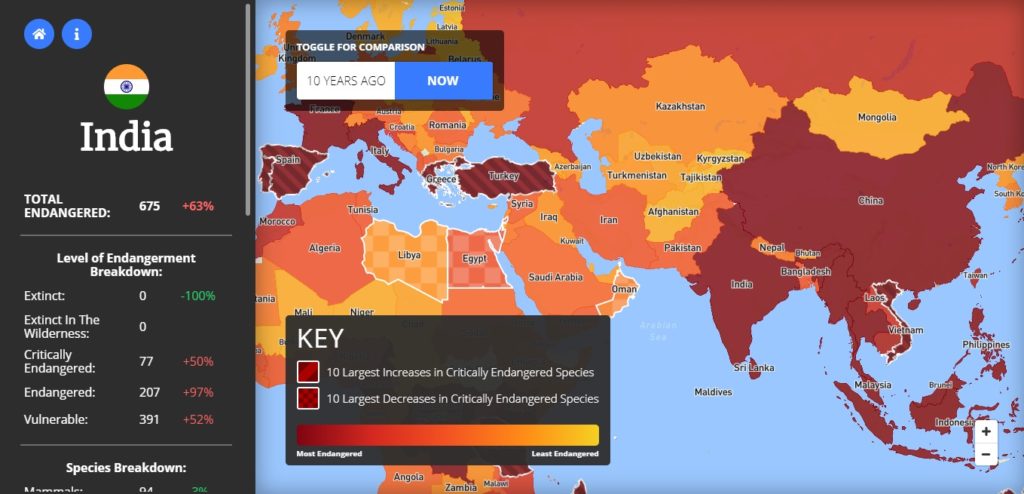
Some 2,346 animal species are known to be endangered because of human actions with a staggering 318 animal extinctions to date, new research shows. The United States has the most reported incidences of animal extinctions with 237 recorded cases prior to 2018. It is followed by French Polynesia with 59 extinctions, Mauritius with 44 and Australia with 40.
Research has revealed that the most imminent threats to extinction are human actions including – agriculture, fishing, and harvesting of aquatic resources, overuse of biological resources and pollution leading to climate change.
The data shows that 37 species to date might have become extinct because of climate change and pollution alone.
Sadly, of all the nations in the world, there are only four that have seen a decline (of 3 percent or more) in animal endangerment and extinction over the past decade. These are Uganda, South Georgia, and the Sandwich Islands, the Falkland Islands and Holy See.
More than 28,000 species are currently threatened with extinction worldwide and these represent more than a quarter (27 percent) of all species assessed.
Countries with the highest number of
endangered species in 2018 are:
Country
2008 Species 2018
Species
United States 1,181
1,283
Australia
773
932
Indonesia
702
861
Mexico
664
791
Madagascar
365
758
India’s Endangerment map over a decade
In India, till 2008, 414 species were marked endangered. By 2018 this number has increased to 675 showing a 63% rise in the number of species inching towards extinction.
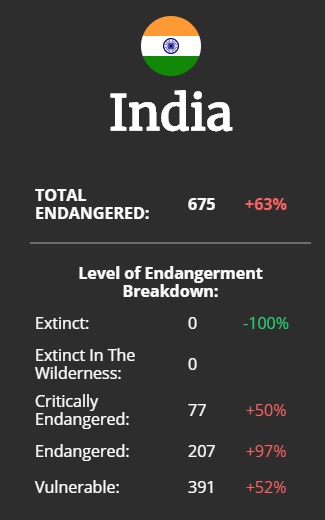
This includes,
Critically Endangered – 77 species
Endangered – 207 species
Vulnerable – 391 species
The species vise breakdown is,
Mammals – 94
Birds – 89
Reptiles – 54
Amphibians – 75
Fishes – 228
Molluscs – 7
Other Invertebrates – 128
The map is a representation of how we are shaping the world for the millions of species that live here. It also shows easily, which country needs to take the most action to save its wildlife from extinction.

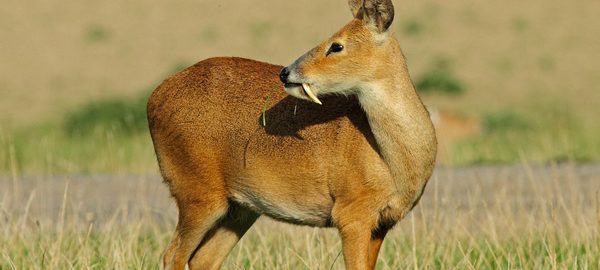

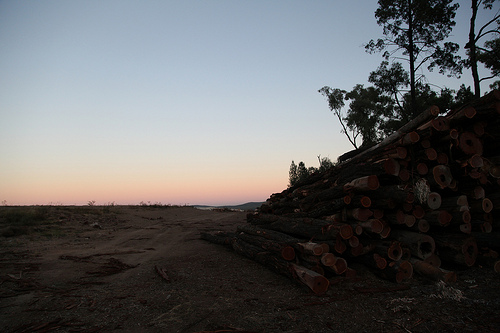

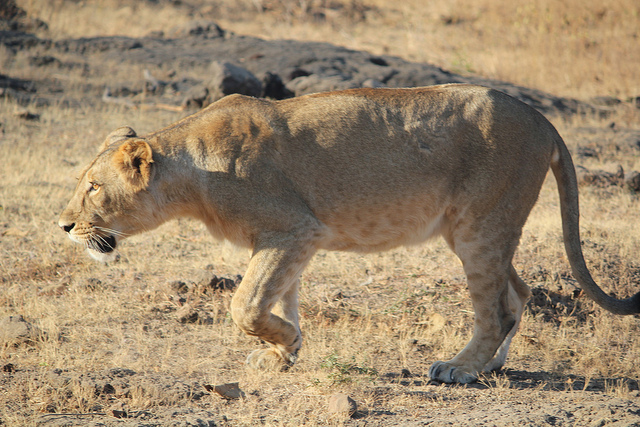
The graphics are very telling. Gives you information instantly particularly the statistics. That’s what readers may want to know when you are talking about species decline.
You’re absolutely right. Visual medium makes it easy to understand for readers.